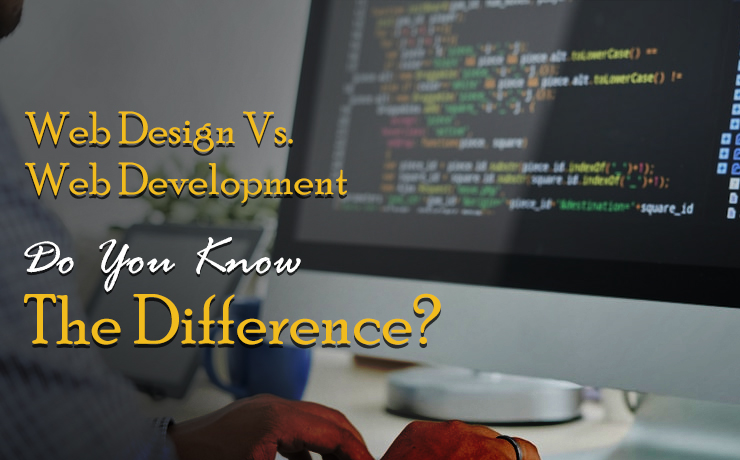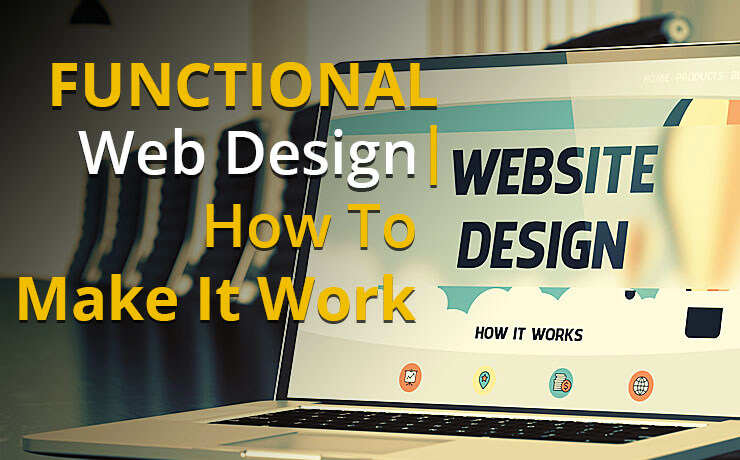Web Design Vs. Web Development: Do You Know The Difference?

Clement Foo
Senior Digital Content Manager

Web design and web development are integral components of creating and maintaining a website. Both are essential for a website to function properly and provide an optimal user experience, yet they are distinct in their approach and execution. In this article, we will delve into the fundamental differences between web design and web development, and how they work together to create a seamless and effective website.
Web Design: The Aesthetic Element of a Website
Web design encompasses the process of crafting the visual layout and appearance of a website. This includes elements such as the color scheme, typography, imagery, and overall layout. Web designers are responsible for ensuring that a website is aesthetically pleasing and intuitive to navigate. They employ tools such as Adobe Photoshop and Adobe Illustrator to create graphics and layouts, as well as design mockups to present to clients for approval.
Web Development: The Technical Element of a Website
Web development, on the other hand, deals with the technical aspects of a website. This includes the code that runs behind the scenes, such as HTML, CSS, and JavaScript. Web developers use these languages to create the functionality of a website, such as forms, e-commerce functionality, and search functions. They also ensure that a website is accessible and compatible across different web browsers and devices.
The Importance of a Harmonious Balance of Web Design and Web Development
Both web design and web development are crucial for the success of a website. A website that is visually pleasing and intuitive to navigate is essential for retaining visitors and keeping them engaged. A website that is technically sound and functional is necessary for providing an optimal user experience and keeping visitors coming back.
Web designers and web developers often collaborate to create a website. The web designer crafts the layout and visual design, while the web developer adds functionality and ensures technical soundness. Together, they strive to create a website that is both visually appealing and easy to use.
Web Design and Development Tools
Web design tools include Adobe Photoshop, Adobe Illustrator, Sketch and Figma. These tools allow web designers to create graphics and layouts for a website and create design mockups for clients.
Web development tools include HTML, CSS, and JavaScript. These languages are used to create the functionality and structure of a website. Web developers also use tools such as Git, command line, and text editors like Sublime, Atom, and Visual Studio Code.
Web Design and Development Careers
Web design and web development are distinct career paths. Web designers are responsible for crafting the visual design and layout of a website, while web developers are responsible for building and maintaining the technical side of a website.
Web designers typically have a background in graphic design, while web developers typically have a background in computer science or a related field. Both careers require a strong understanding of the latest web technologies and trends, as well as the ability to adapt to new technologies as they emerge.
Conclusion
In conclusion, web design and web development are two distinct yet complementary components of creating and maintaining a website. Web designers are responsible for crafting the visual design and layout of a website, while web developers are responsible for building and maintaining the technical side of a website. Together, they work to create a website that is both visually appealing and easy to use. Both web design and web development require a strong understanding of the latest web technologies and trends, as well as the ability to adapt to new technologies as they emerge. It’s important for professionals in both fields to have a holistic understanding of the other field in order to create a seamless and effective website.
 Free
Consultation
Free
Consultation Free
Google Ads Audit
Free
Google Ads Audit







